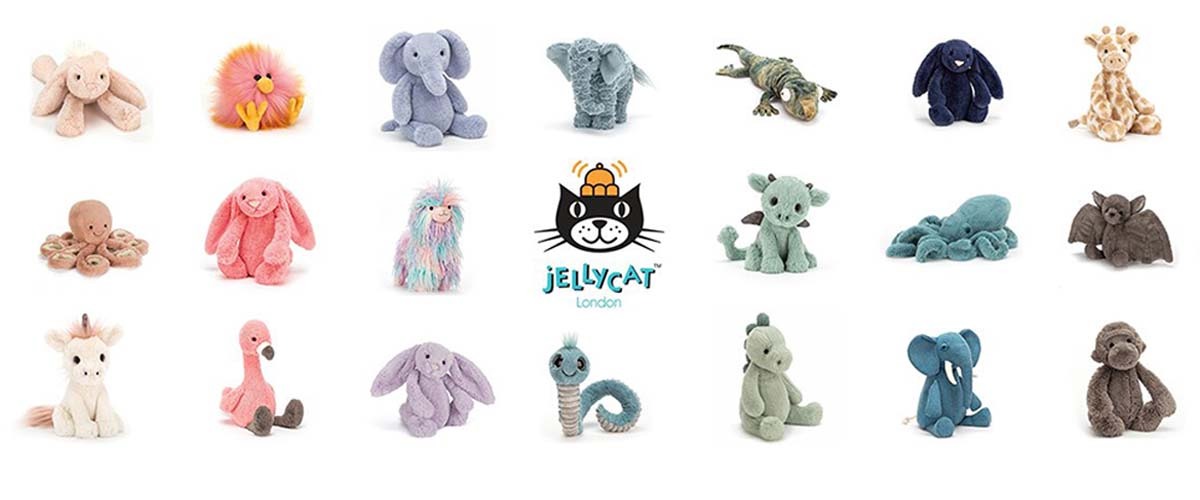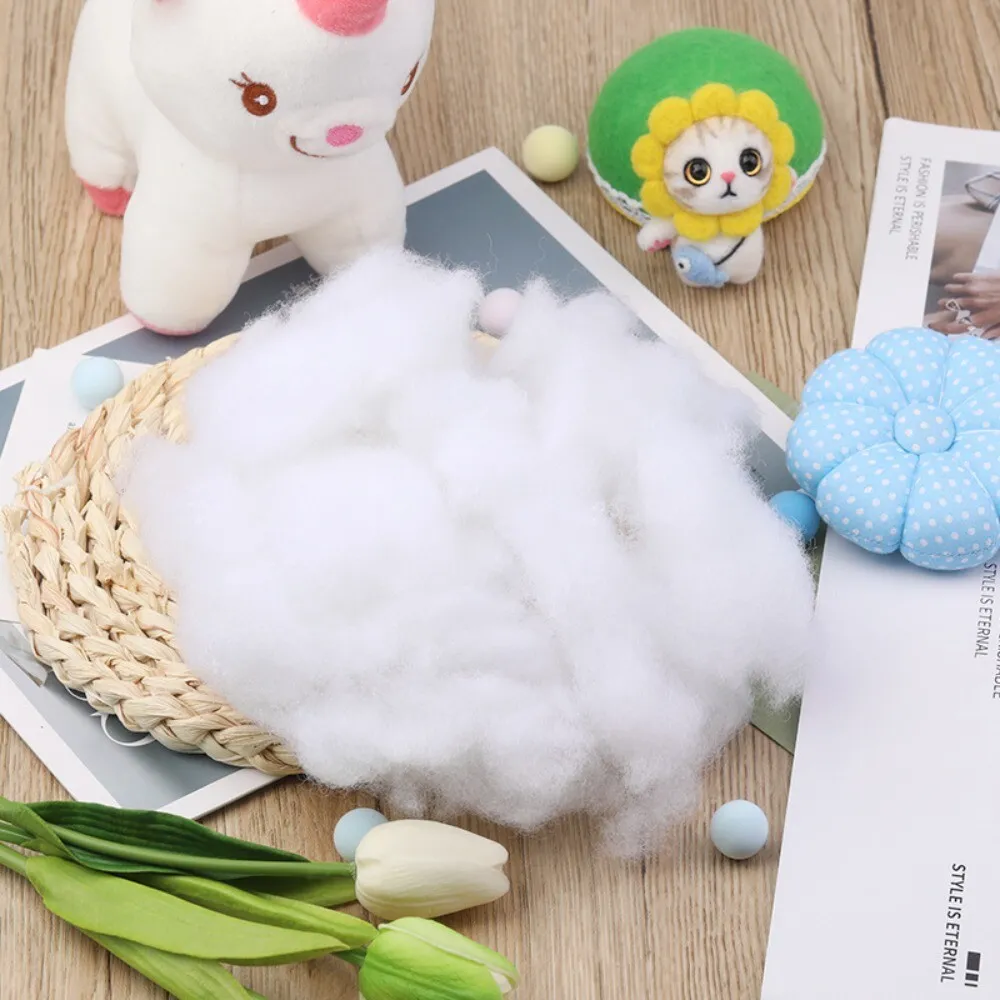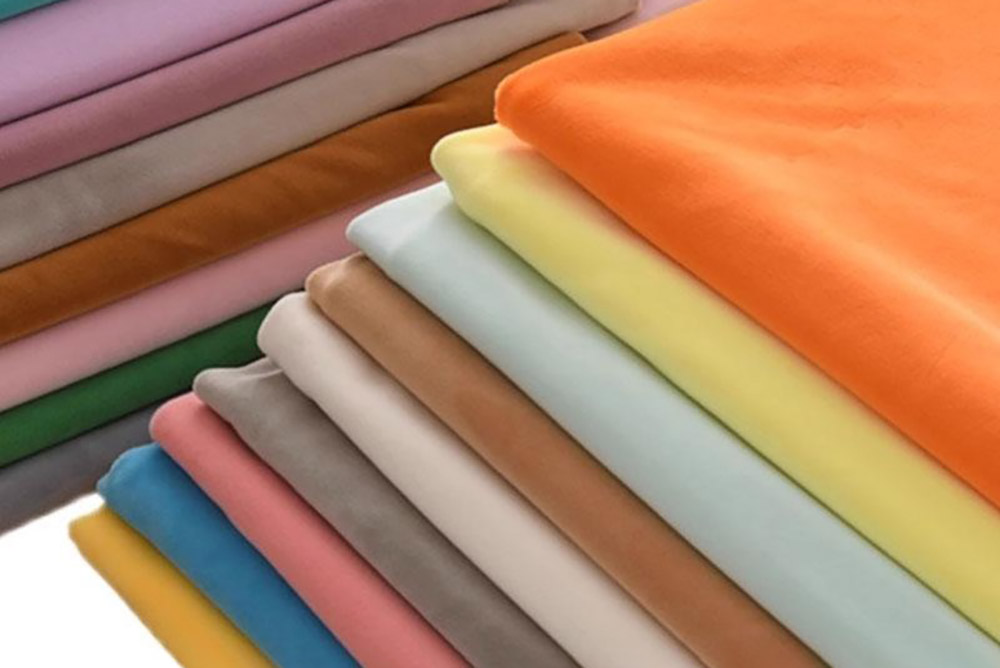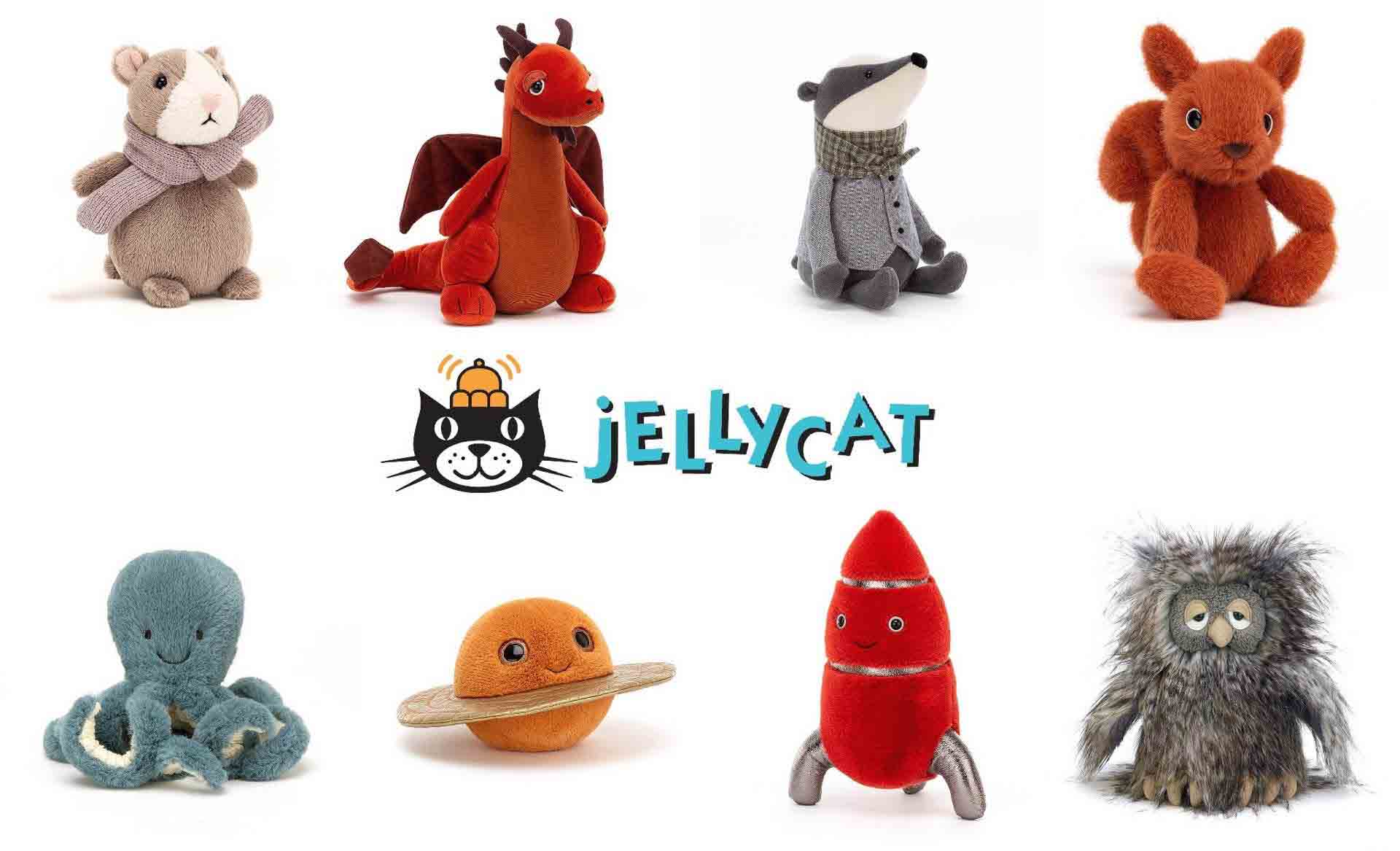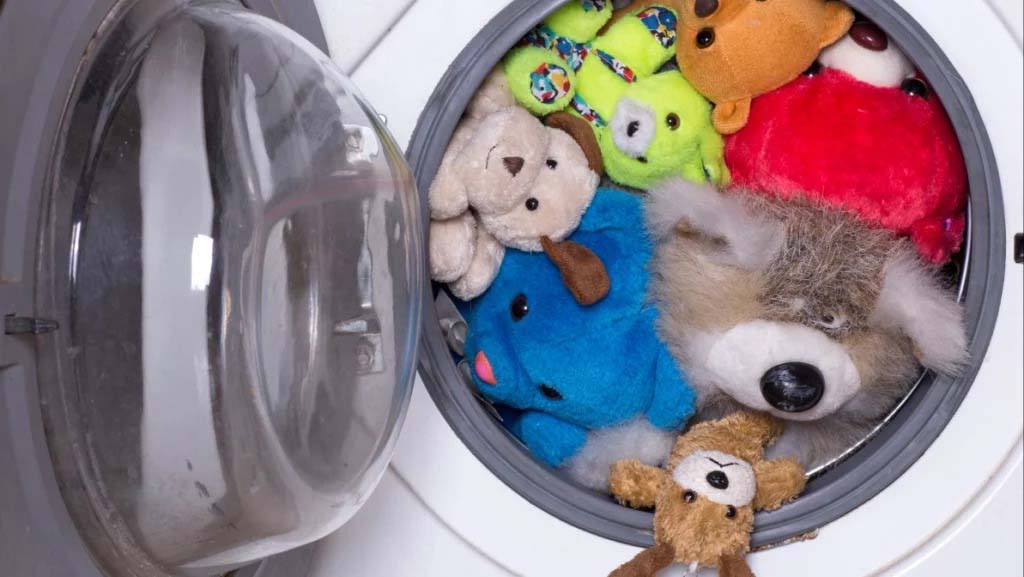Plush toys are loved by children and adults alike, but they can easily collect dust, saliva, and bacteria. Disinfection ensures toys remain safe, hygienic, and long-lasting. Parents, schools, and businesses must follow proper methods to protect both health and product quality.
The best way to disinfect plush toys depends on the material, structure, and presence of electronic components. Hand washing, machine washing, UV cleaning, steam cleaning, and approved disinfectants all have their role. Choosing the right method reduces risks of fabric damage while ensuring thorough hygiene.
Let’s explore when and how to disinfect plush toys effectively, and which practices work best for both families and businesses.
1. What Situations Require Disinfecting Plush Toys Instead of Regular Cleaning?

Plush toys are often in constant contact with children, pets, and even shared spaces, making them one of the most frequently handled items in daily life. While regular washing can remove dust, stains, and surface-level dirt, there are many circumstances where standard cleaning is not enough. Disinfection becomes essential in situations where germs, bacteria, or viruses are more likely to spread. Parents, schools, hospitals, and businesses all face times when a deeper hygiene approach is not optional but necessary.
One clear situation is when a child has been sick. Viruses like the flu, cold, or even stomach bugs can survive on toy surfaces and inside fabrics. If plush toys are not disinfected after illness, they can reintroduce germs to a recovering child or infect others in the household. Daycare centers and schools also face higher risks since toys are shared among multiple children daily. In such environments, disinfecting plush toys at least weekly ensures they remain safe. Hospitals, clinics, and therapy centers require even stricter control. Plush toys used with children who have weakened immune systems must be disinfected regularly, often after every use.
Even in homes without illness, plush toys can pick up bacteria from pets or dirt from outdoor play. Disinfection removes unseen risks while keeping toys fresh for longer. For businesses, this step is equally important—retailers and promotional companies gain consumer trust by showing that hygiene standards are prioritized. Highlighting toys as “easy to disinfect” can also be a marketing advantage in today’s health-conscious markets.
| Situation | Why Disinfection is Needed | Recommended Method |
| Daycare / Schools | Shared toys spread germs | UV cleaning + regular washing |
| Home (after illness) | Kill lingering bacteria & viruses | Hand wash + disinfectant spray |
| Hospitals / Clinics | Immunocompromised children involved | Steam or medical-grade cleaning |
| Pet exposure | Remove saliva and bacteria from pets | Machine wash + disinfectant |
2. How to Safely Disinfect Plush Toys Using Household Methods?

Household disinfection methods are the most practical and widely used, especially for parents and caregivers who need simple but effective solutions. The goal is to remove bacteria and viruses without damaging the toy’s fabrics, colors, or stuffing. Since many plush toys are delicate, safe cleaning products and controlled steps are key to success.
One of the most effective household methods is using a mild detergent combined with warm water. Parents can add a small amount of white vinegar during rinsing, which naturally kills bacteria and neutralizes odors without harsh chemicals. For toys that cannot be soaked, spraying a diluted vinegar solution on the surface and air-drying works well. Baking soda is another safe option—it helps absorb odors and provides mild antibacterial effects when added to washing water. For quick surface disinfection, baby-safe sprays designed for fabrics are a reliable choice. These sprays are formulated to kill germs while remaining gentle on skin.
The process should always be gentle. Using cold or extremely hot water can either leave bacteria behind or damage fibers. Similarly, avoiding strong bleach or industrial cleaners protects the toy and ensures no harmful residues remain for children. Parents should also remember to air dry toys fully, as moisture left in stuffing can create mold or mildew.
For businesses, promoting household-friendly cleaning tips increases product value. By labeling toys as washable or disinfectant-friendly, brands show they understand parents’ concerns and daily routines. A plush toy that is both lovable and easy to disinfect will always stand out in the market.
| Method | Process Summary | Suitability |
| Vinegar Solution | Mix vinegar + water, spray on toy | Safe for most fabrics |
| Baking Soda Wash | Add to water or detergent during hand wash | Removes odor + disinfects |
| Baby-safe Sprays | Apply directly, air dry | Best for delicate fabrics |
3. What Are the Best Practices for Disinfecting Plush Toys with Electronic Parts?

Plush toys with electronic modules (sound chips, lights, or vibration units) are increasingly popular, but they require extra care during disinfection. Unlike regular plushies, they cannot be submerged in water or put into a washing machine, as moisture can damage the circuits permanently. The best practice is a combination of surface cleaning and safe disinfection methods that avoid liquid penetration.
Parents and buyers should first identify if the electronic part is removable. Many factories now design plush toys with detachable modules, allowing the fabric cover to be washed separately. If modules are sewn inside, only surface disinfection is possible. A cloth dampened with a diluted disinfectant (such as 70% isopropyl alcohol) can safely wipe down surfaces without soaking the material. Another option is baby-safe antibacterial wipes, which disinfect while minimizing chemical exposure.
For businesses, it is important to clearly label electronic plush toys with care instructions. Retailers and brands should highlight “surface clean only” warnings to avoid consumer misuse. Factories should also ensure that electronic components are enclosed in waterproof casings where possible, giving added protection during cleaning.
Overall, disinfecting electronic plush toys is about careful balance: ensuring hygiene without compromising function. Clear cleaning guidance, removable parts, and waterproofing during production all help extend both product safety and lifespan.
| Toy Type | Safe Disinfection Method | Notes |
| Detachable electronics | Remove module, wash fabric separately | Most effective and safest |
| Non-removable electronics | Wipe with alcohol cloth or baby wipes | Avoid moisture penetration |
| Waterproof-cased electronics | Surface spray + air dry | Offers added cleaning safety |
4. How Do UV Light and Steam Cleaning Compare for Plush Toy Disinfection?

UV light and steam cleaning are two modern methods used both at home and in professional facilities. UV light works by destroying bacteria and viruses at the DNA level, while steam cleaning uses high-temperature vapor to kill pathogens and refresh fabrics. Both methods are effective, but they differ in cost, practicality, and impact on plush materials.
UV disinfection boxes or lamps are popular for small toys. They are chemical-free, quick, and safe for delicate fabrics, but their limitation is surface exposure—UV cannot penetrate deep into stuffing. Steam cleaning, on the other hand, reaches fibers more thoroughly. It kills germs, removes odors, and revitalizes plush, but it must be applied carefully to avoid overheating or shrinking.
For businesses, combining these methods is an excellent strategy. Retailers can promote UV as a convenient at-home solution for parents, while factories or large institutions can apply steam cleaning in bulk processing. This ensures toys are both visually appealing and hygienically safe before reaching end-users.
| Method | Advantages | Limitations | Best Use Case |
| UV Light | Fast, chemical-free, fabric safe | Only surface-level disinfection | Small plush toys, delicate fabrics |
| Steam Clean | Deep penetration, odor removal, safe | Risk of shrinkage if overheated | Bulk cleaning, institutional use |
5. What Disinfectant Products Are Safe and Effective for Plush Materials?

Not all disinfectant products are suitable for plush toys. Harsh chemicals like bleach can damage fabrics, fade colors, or leave harmful residues unsafe for children. Safe disinfectant choices should balance effectiveness with fabric protection and child safety.
Mild fabric sprays labeled “baby-safe” or “hypoallergenic” are the best option for home use. These sprays eliminate bacteria while leaving no harmful residue. Alcohol-based sprays (at 70% concentration) are also effective for surface cleaning but should be used sparingly to avoid over-drying fabrics. In institutional settings, diluted quaternary ammonium compounds may be used, but only if toys are designated for older children and thoroughly aired afterward.
Buyers should always check for safety certifications such as CE, ASTM, or EN71 to confirm material compatibility with disinfectants. At the factory level, testing disinfectant interactions with different fabrics ensures no damage occurs. Retailers benefit from advertising “disinfectant-safe plush toys,” which increases buyer confidence in product safety.
Using the wrong disinfectant not only risks damaging the toy but can also harm children’s skin. Choosing the right product guarantees both cleanliness and product longevity.
| Disinfectant Type | Safety Level | Suitability for Plush Toys |
| Baby-safe fabric spray | High, hypoallergenic | Best for all plush fabrics |
| 70% alcohol solution | Medium, quick drying | Good for surface wiping |
| Diluted quats | Medium, requires caution | Institutional cleaning only |
| Bleach or strong acids | Unsafe, damaging | Not recommended |
6. How Often Should Plush Toys Be Disinfected to Maintain Hygiene?

The frequency of disinfection depends on how often toys are used and in what environment. For household toys used by a single child, monthly disinfection combined with weekly cleaning is often enough. However, in high-use environments like schools, hospitals, or daycare centers, weekly or even daily disinfection may be necessary.
Parents should also disinfect toys after illness, pet exposure, or outdoor use. Businesses distributing plush toys must consider hygiene as part of customer expectations—especially for promotional toys or retail items handled by many people. Adding clear care labels about disinfection frequency increases trust and ensures safe long-term use.
For brands, highlighting easy-to-clean or disinfectant-friendly fabrics can also become a marketing advantage. Buyers often choose toys that not only look attractive but are proven to be hygienic and easy to maintain.
| Environment | Recommended Frequency | Notes |
| Home (single child) | Once a month + spot cleaning | More often if child is sick |
| Daycare / School | Weekly or bi-weekly disinfection | Shared toys need stricter control |
| Hospitals / Clinics | After every use | High-risk, strict hygiene required |
| Retail / Promotional | Before distribution | Ensures safety before customer use |
Disinfecting plush toys is not only about cleaning—it is about protecting children, families, and end-users from hidden health risks. From household methods to advanced UV and steam cleaning, every option has a role depending on the toy’s materials and environment. By choosing the right method and frequency, parents and businesses can maintain both hygiene and product quality.
At Kinwin, we design plush toys with easy cleaning and disinfection in mind, ensuring softness and safety are never compromised. Whether you are a retailer, brand, or institution, we can provide custom plush solutions tailored to your market needs.
Contact us today at [email protected] or visit kinwintoys.com to start your custom plush project.


